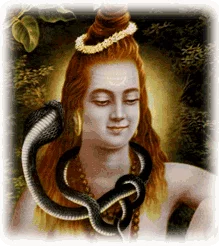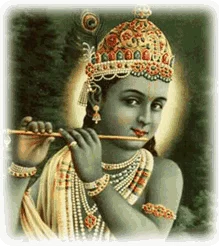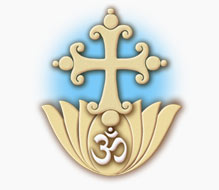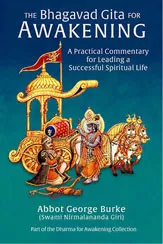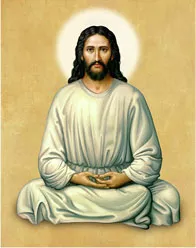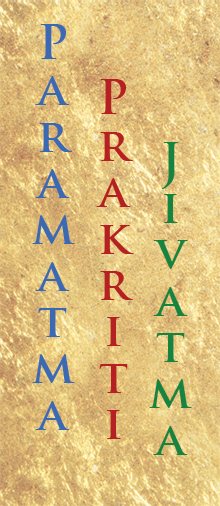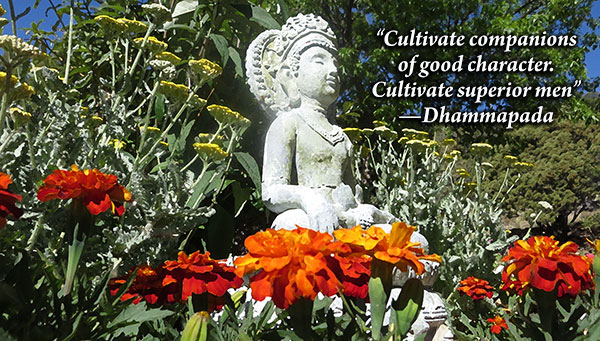
Q: What are friends? Is it good to have friends?
Books can be written on the subject of friends and friendship, so I will confine myself to the perspective of a seeker for higher consciousness: a sadhaka. Not a religious or philosophical dilettante, but a committed yogi.
A true and worthwhile friend is one whose company is both elevating and strengthening, who also like the sadhaka looks toward eternal matters and values. These we should associate with and value.
Pleasant and enjoyable is not enough
There are very good and warm-hearted people whose friendship is most pleasant and enjoyable, but their minds never turn toward higher things. In time the friendship of such people is seen to be valueless, a waste of time for the serious sadhaka.
I do not mean that he comes to dislike or despise them: he likes and appreciates them, but realizes that association with them has little meaning. Just as an adult lays aside childish pursuits and interests, in the same way the evolving yogi simply lays such associations aside. And often they dissolve of themselves just as childhood friends often fade out of an adult’s life.
In his heart the sadhaka will still feel friendly toward them and even love them, but he has to recognize that their association really has no value. However, if they actively continue contact he does not end it.


